Introduction
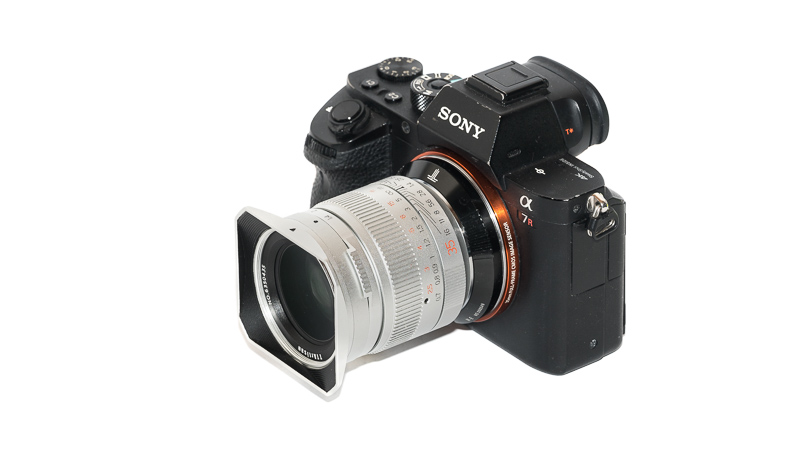
We already reviewed the 7Artisans 35mm 1.4 and now we have a more complex 35mm 1.4 by TTArtisan. Unfortunately the lens does not seem to optimized for the Sony filter stack, so how good a performer is this lens when used on a Sony camera? Let us find out in this review!
Update 03/01/20: added sharpness infinity chart for Leica M10 and a few additional information regarding its use on a rangefinder camera
Sample Images
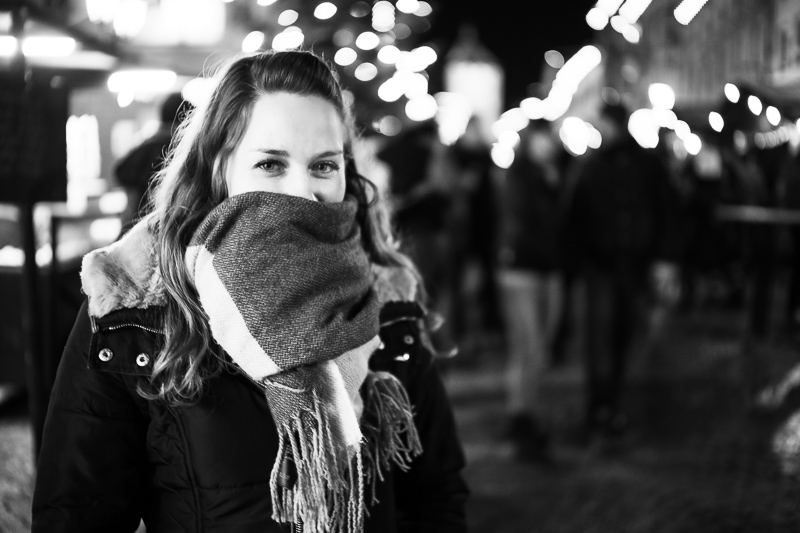
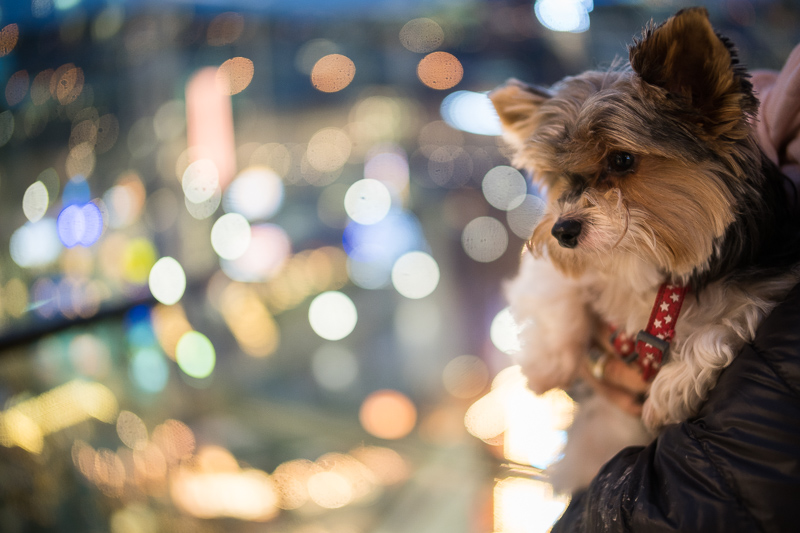
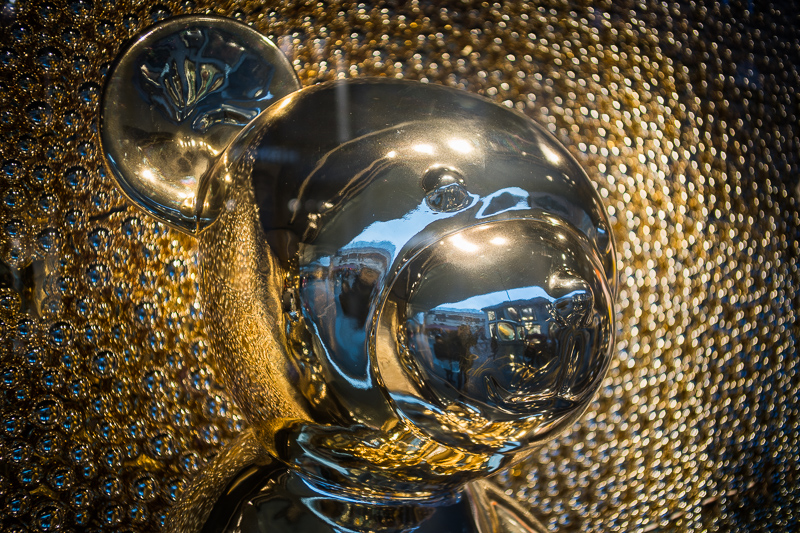
Most of the sample images in this review can be found in full resolution here.
Contents
Specifications / Version History
The TTArtisan 35mm 1.4 is not to be mistaken with the 7Artisans 35mm 1.4 we already reviewed as it features an entirely different optical formula. This TTArtisan lens comes in black and silver and has the following specifications:
-
- Diameter: 54 mm
- Field of view: 63.4° (diagonally)
- Length: 63 mm
- Weight: 415g + adapter (with hood, without caps)
- Filter Diameter: 49 mm
- Number of Aperture Blades: 10
- Elements/Groups: 8/7
- Close Focusing Distance: 0.70 m
- Maximum Magnification: 1:16.6
- Mount: Leica-M
You may also have a look at the official page.
You can find the TTArtisan 35mm 1.4 from the manufacturer’s shop, on amazon.com | ebay.com | ebay.de for about $449/449€ (affiliate links)
Handling/Build quality
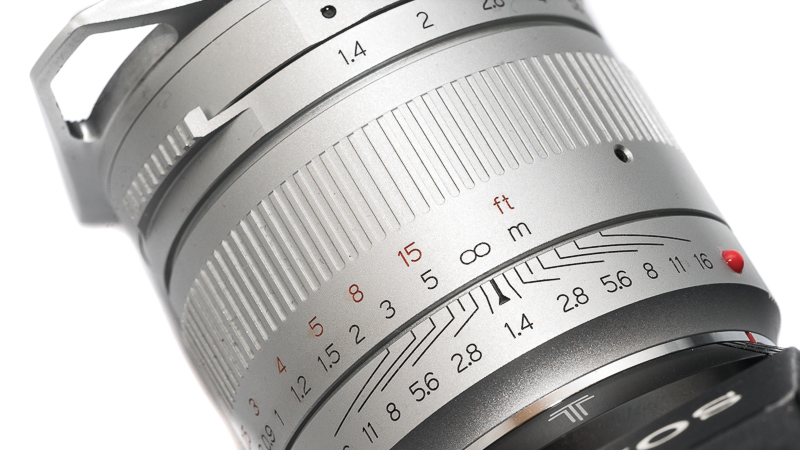
In terms of build quality the TTArtisan 35mm 1.4 looks and feels very similar to the 7Artisans 28mm 1.4, as both are made by DJ-Optical this is not too surprising.
Markings seem to be slightly engraved and filled with paint, the focus ring has a really nice resistance and turns about 90° from the minimum focus distance of 0.7 m to infinity. There is also a focus tab attached to the focus ring.
The aperture ring has half-a-stop click stops and is tightly assembled without any wobble.
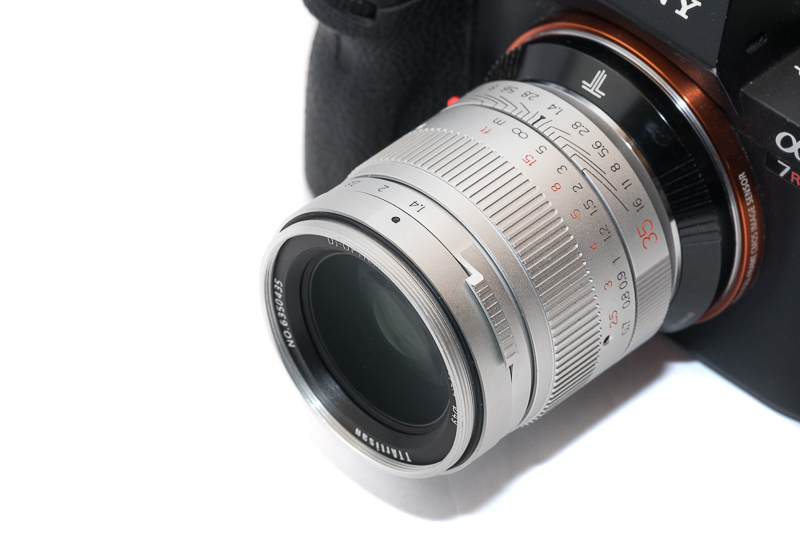
The rectangular hood is a screw-on hood – which is rather rare – and the design makes sure that the rectangular hood is always perfectly aligned. The lens does look a bit naked without it though, as can be seen from the picture above, but as it allows the use of rectangular filter systems I am glad it can be removed.
Vignetting
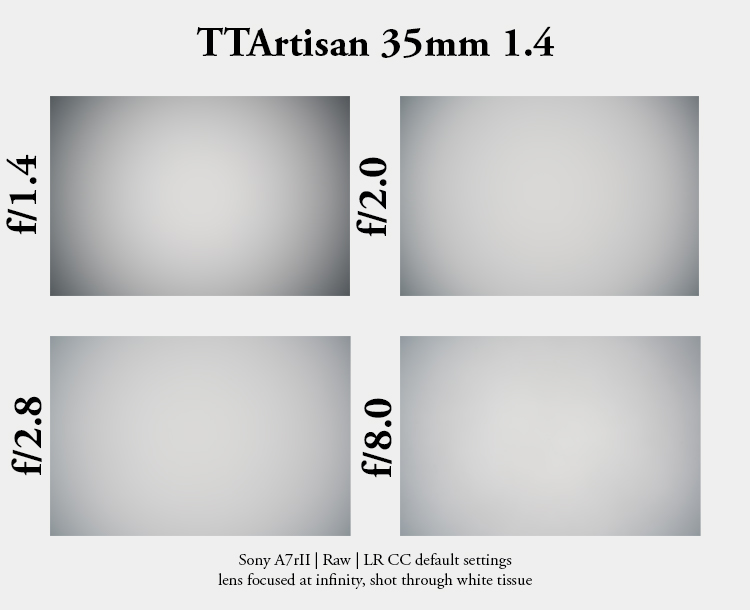
Wide open there is strong light falloff of roughly 2.8 EV, stopped down to f/2.0 this improves to 2.1 EV, stopped down to f/2.8 it is 1.5 EV and pretty much stays at that value even if you stop down further. There is no profile for this lens in Lightroom available yet so you have to correct this manually.
At wider apertures these values are similar to those of the competition, stopped down they are slightly worse and comparable to the Leica 35mm 1.4 FLE.
There is also a very slight green/blue color cast visible in the corners.

It is recommended to have a look at this article first to get an idea how this brightness graph works.
Sharpness
infinity (42mp Sony A7rII)
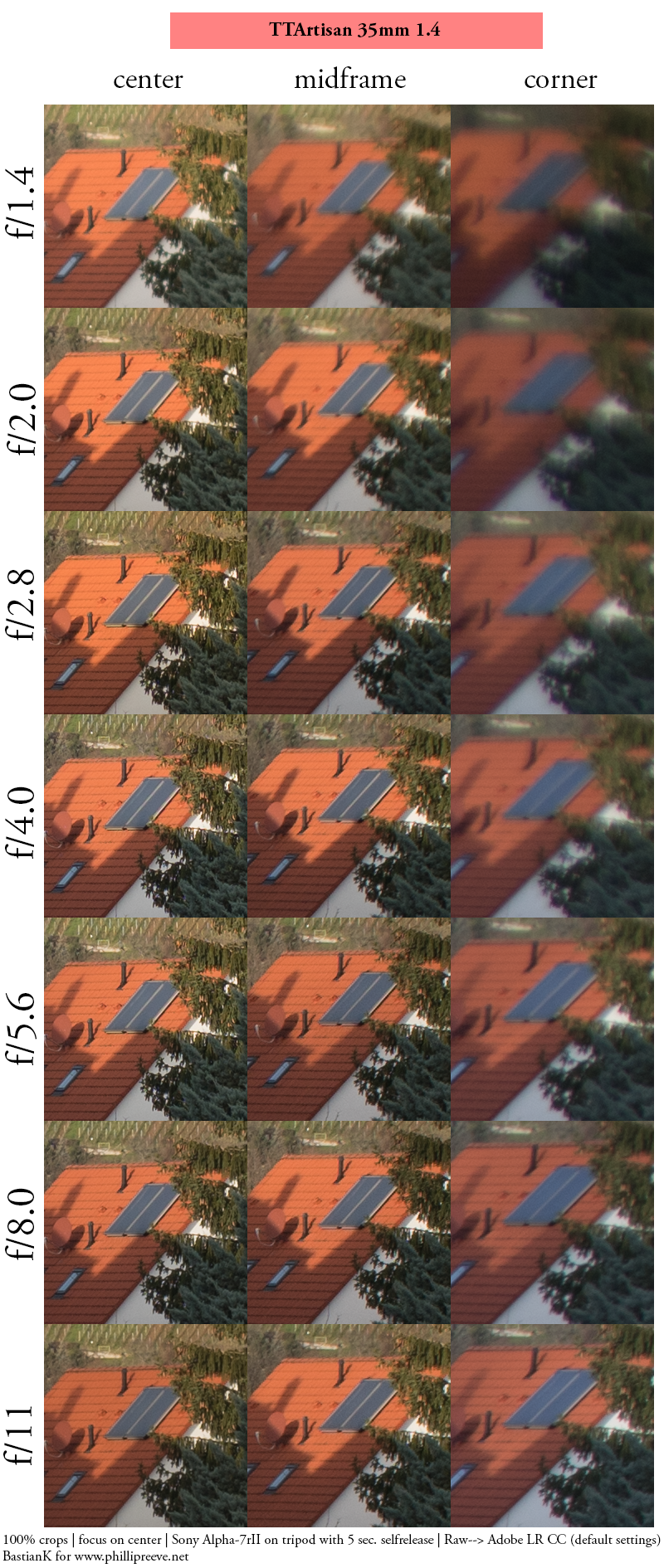
With fast yet small wide angle lenses it is really important that the lens is optimized for the filter stack of the camera it is supposed to be used with. Unfortunately we can see here what happens if that is not the case: the center looks decent at f/1.4, but midframe and corners don’t, as there is a lot of field curvature.
Even at f/8.0 the corners are still not in the same focal plane as the center, so it is not a great idea to use the TTArtisan 35mm 1.4 for infinity landscape/architecture shooting.
infinity (24mp Leica M10)
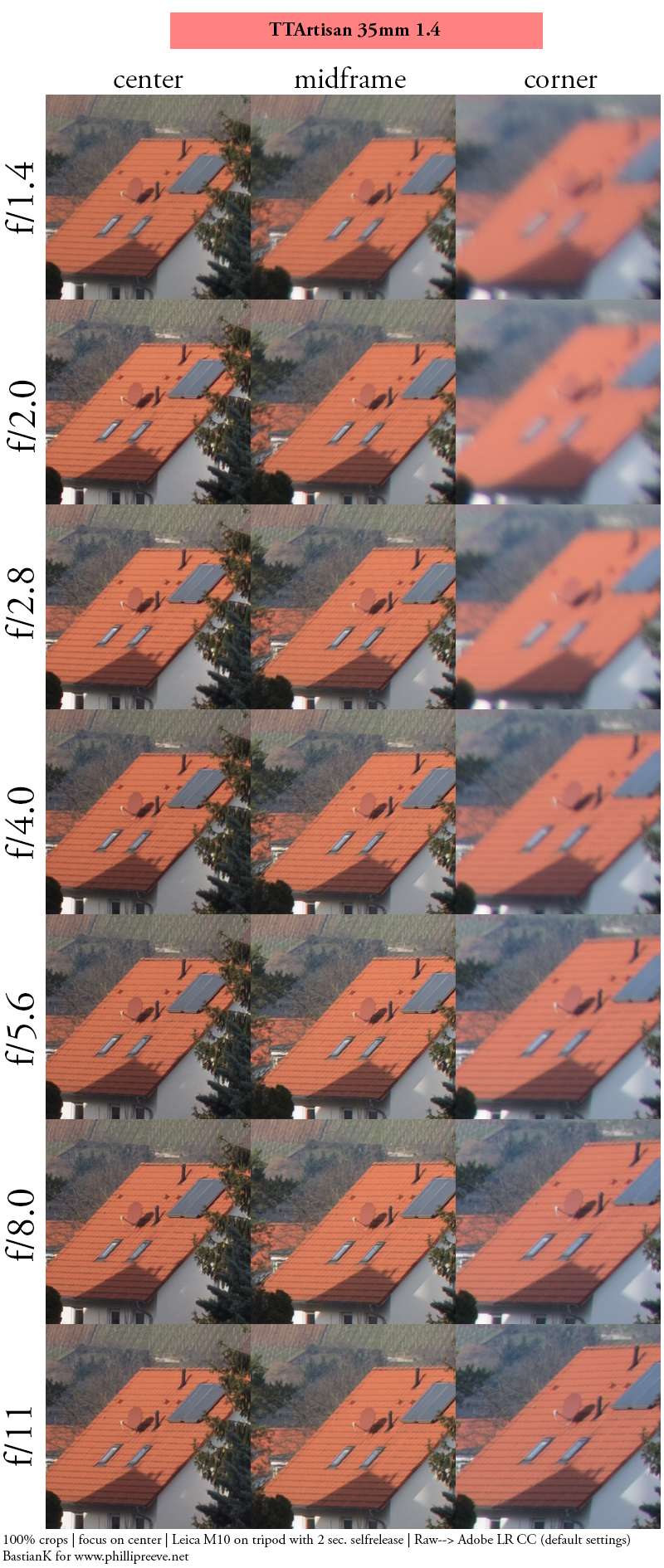
When having a look at the TTArtisan 21mm 1.5 we saw really significant differences when it comes to the infinity sharpness performance when the lens is used on a Leica M10 versus a Sony A7rII.
With the TTArtisan 35mm 1.4 the differences are significantly smaller:
The corners might actually look worse on the Leica at wider apertures while the midframe looks slightly better. Stopped down to f/11 the across frame performance is a bit better when used on a Leica camera (ignoring the benefits of a higher pixel count of the Sony camera), but still: not a big difference.
close (0.70 m, 1:16.6)
100% crops from center, A7rII, because of focus shift (see corresponding section) I refocused for every shot.
As is the case with many fast lenses without a floating elements design the performance at wider apertures near the minimum focus distance suffers a bit. Stopping down to f/2.0 gets rid of most of the spherical aberration (“glow”) and the center performance steadily improves on stopping down further. At f/4.0 the resolution in the center is really good.
Flare resistance
With the sun close to the corner of the frame the TTArtisan 35mm 1.4 struggles quite a bit with regards to veiling flare, wide open and stopped down.
With the sun inside and outside of the frame it is also possible to catch all different kind of ghosts.
Coma
100% crops from extreme corner, focused on corner, A7rII
There is pretty significant coma at wider apertures, it really takes stopping down to f/5.6 to get rid of most of it.
Not a lens I would recommend for astrophotography at wider apertures.
Distortion
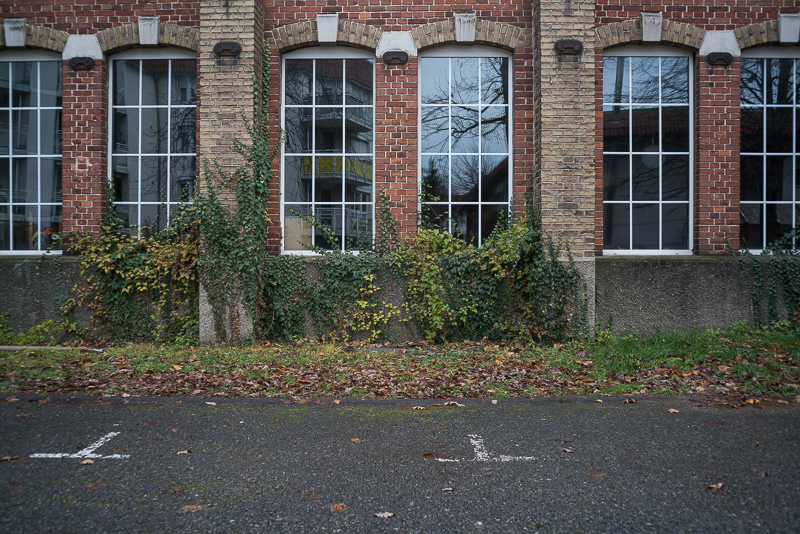
There is only very little distortion which is hardly visible in most shots, but if you have straight lines close to the corners you may spot it.
Bokeh
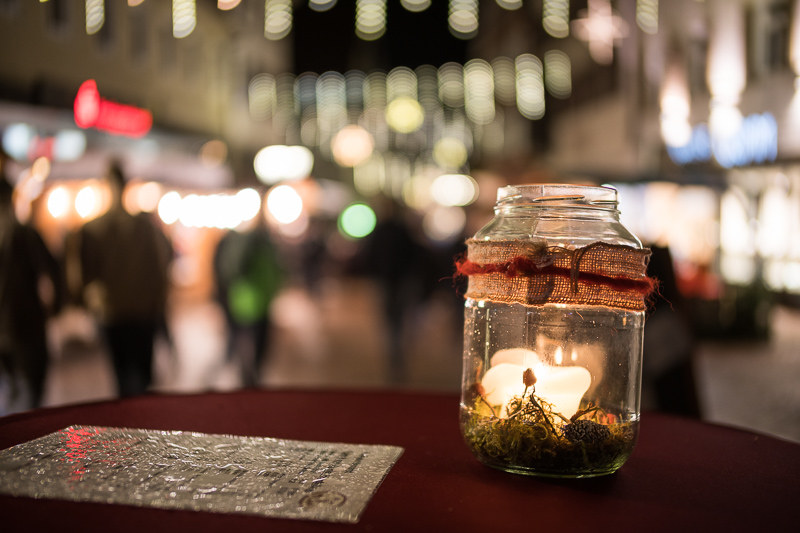
In close focus scenarios the bokeh is smooth and non distracting and therefore very different from the 7Artisans 35mm 1.4, which showed lots of outlining and business.

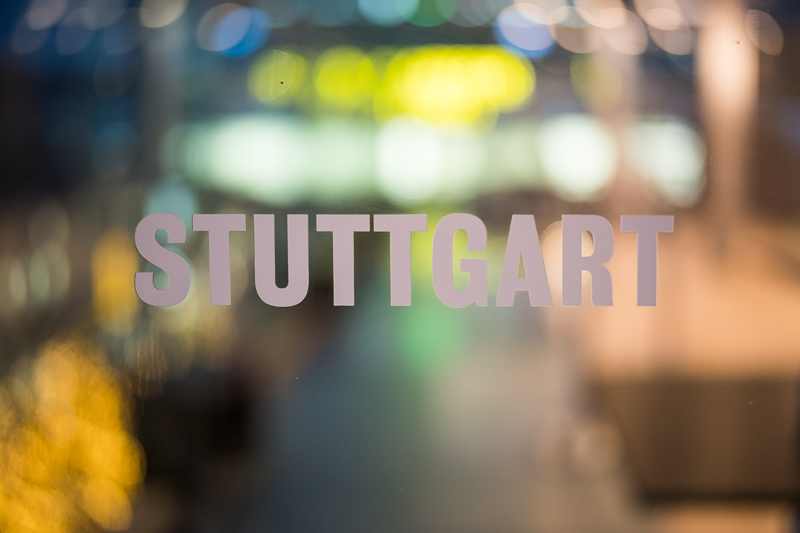
It should be noted though, if you stop down the lens a bit those bokeh circles will become 10-sided-figures (as is the case with the Zeiss Loxia and many Voigtlander lenses):
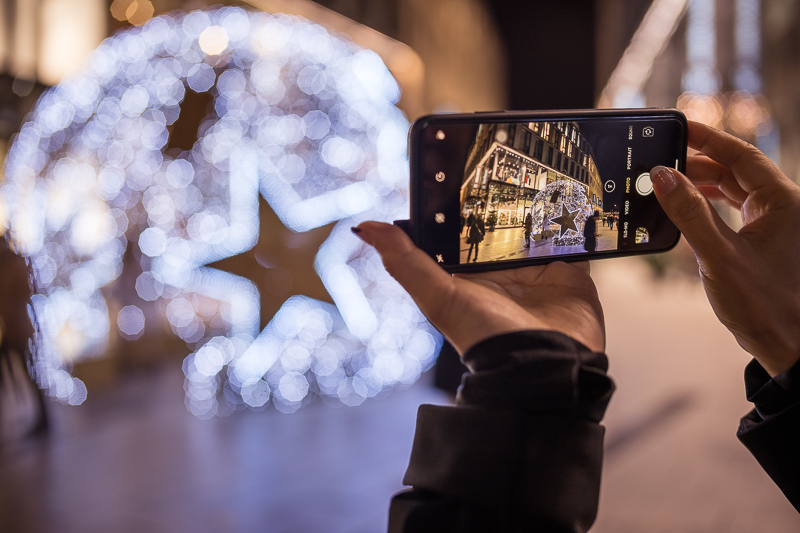
At longer distances problems start to appear, the shape of out of focus highlights deteoriates noticeably towards the corners:
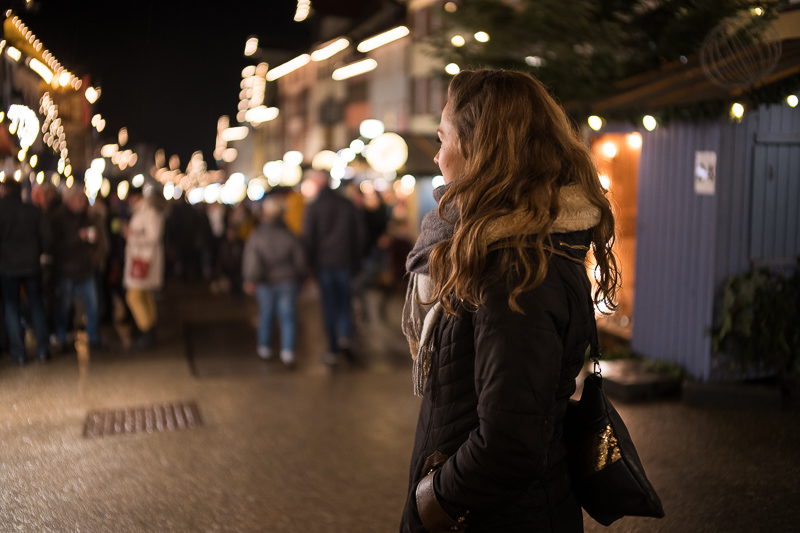
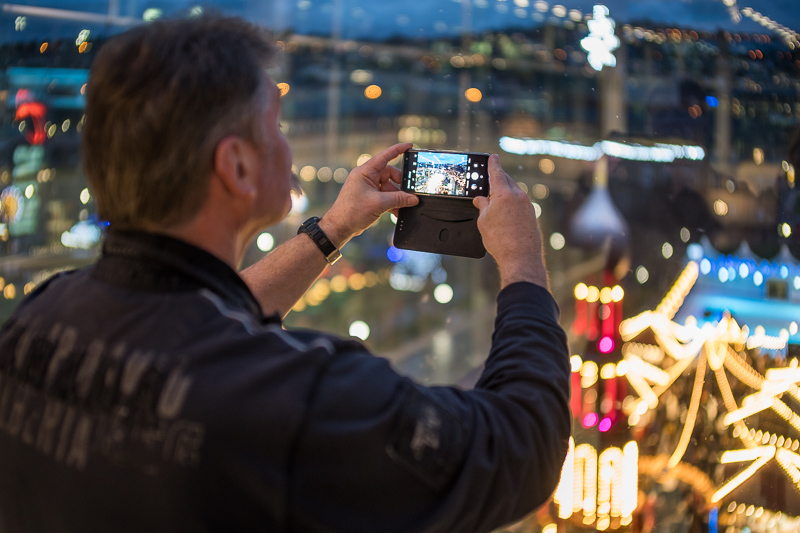
And, as was already the case with e.g the Zeiss ZM 35mm 1.4, at even longer distances the field curvature becomes very noticeable and distracting. The tree in the center is clearly out of focus, yet the branches in the top right corner or the car on the right border are in the focal plane despite being far behind the tail light I focused on:
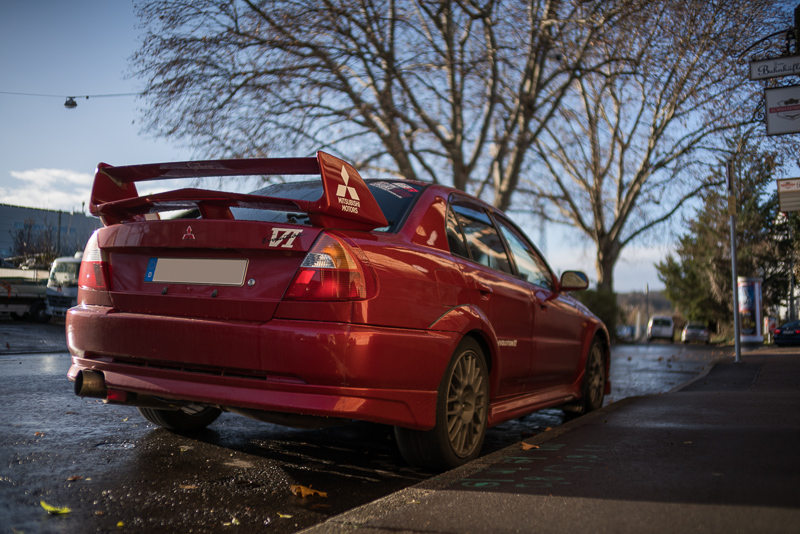
So, the bokeh can look really nice and undistracting at closer distances, but if you focus on something farther away the corners can become quite distracting mostly due to the high field curvature. This should be less noticeable when the lens is being used on a Leica M camera.
Sunstars
50% crops from center, A7rII
The TTArtisan 35mm 1.4 has 10 mostly straight aperture blades like the Zeiss Loxia and many of the Voigtlander lenses. The blades are not aligned as perfectly though, you can see that the rays don’t have exactly the same width and length.
Chromatic aberration
lateral
100% crops from corner, A7rII
There are only minor lateral CA visible which are easily corrected in post.
longitudinal
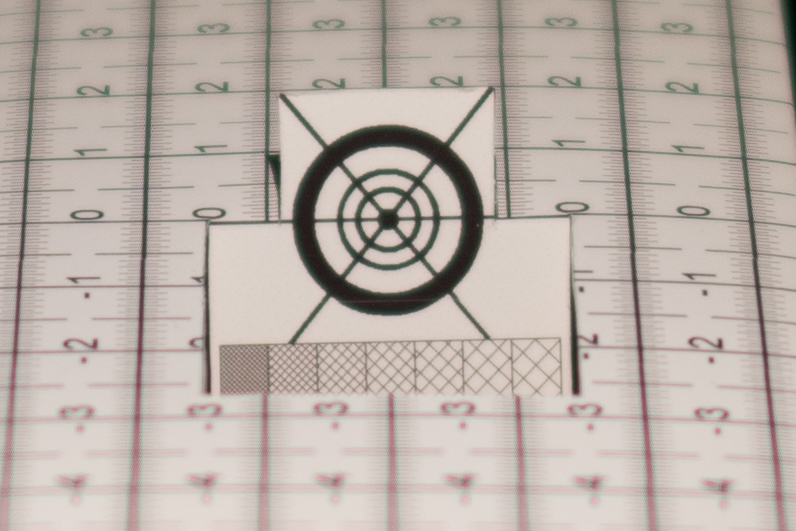
Near the minimum focus distance longitudinal CA are clearly visible at wider apertures.
LoCA in the out of focus areas (“bokeh fringing”) are present and about average for a lens with these parameters.
Focus shift
100% crops, A7rII
When stopping down the plane of optimal focus slightly shifts to the back, so you have to focus a bit closer for best performance. I recommend focusing at working aperture with this lens to get best results.
Alternatives
Just lately we put together a rather comprehensive guide on 35mm lenses for Sony FE cameras which should give you a good overview.
My personal recommendation for a small and capable manual focus 35mm lens that works well on your Sony camera is still the Voigtlander VM 35mm 1.7 Ultron, especially coupled with a 5m PCX filter.
Conclusion
good
|
average
|
not good
|
If you are a regular on this blog you know I reviewed many fast 35mm lenses, especially small rangefinder ones. So where does this TTArtisan 35mm 1.4 discussed here fit in?
Many of the cheaper and/or smaller fast 35mm lenses have very busy bokeh with lots of outlining (e.g. SLRmagic 35mm 1.2 Cine, 7Artisans 35mm 1.4, Voigtlander 35mm 1.4 E Classic). Some people love this busy bokeh, I find it distracting and avoid lenses like that.
The TTArtisan is different though, at short to medium distances it renders mostly smooth bokeh with only very little outlining and it reminded me a lot of the Zeiss ZM 35mm 1.4 in this regard.
Unfortunately it also shares the flaws of the aforementioned Zeiss lens: at longer focus distances the field curvature when used on a stock Sony camera is very significant and yields an often distracting and odd look (have a look at the bokeh section for samples).
The field curvature is so strong, that it also hurts the performance stopped down for infinity shooting. I tried adding a 5m PCX filter, but the improvements were marginal and not worth the trouble.
Unfortunately the infinity performance is not noticeably better when the lens is used on a Leica M10.
You can find the TTArtisan 35mm 1.4 from the manufacturer’s shop, on amazon.com | ebay.com | ebay.de for about $449/449€ (affiliate links)
Sample Images

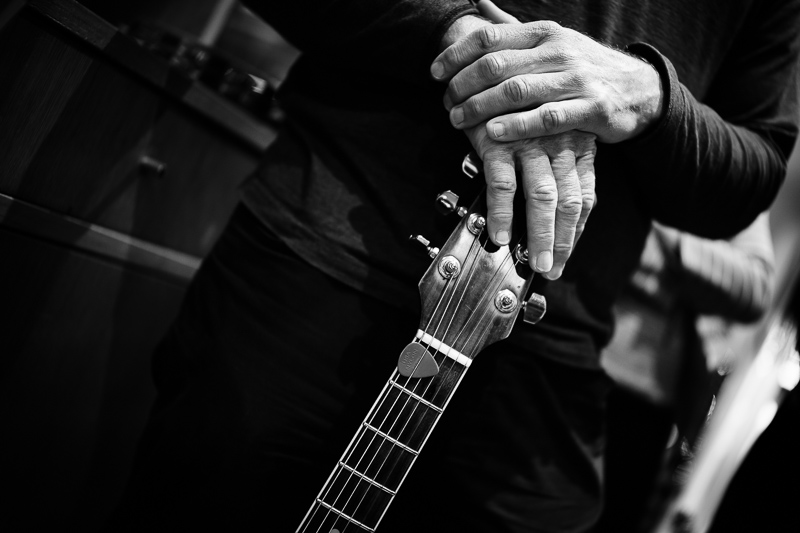
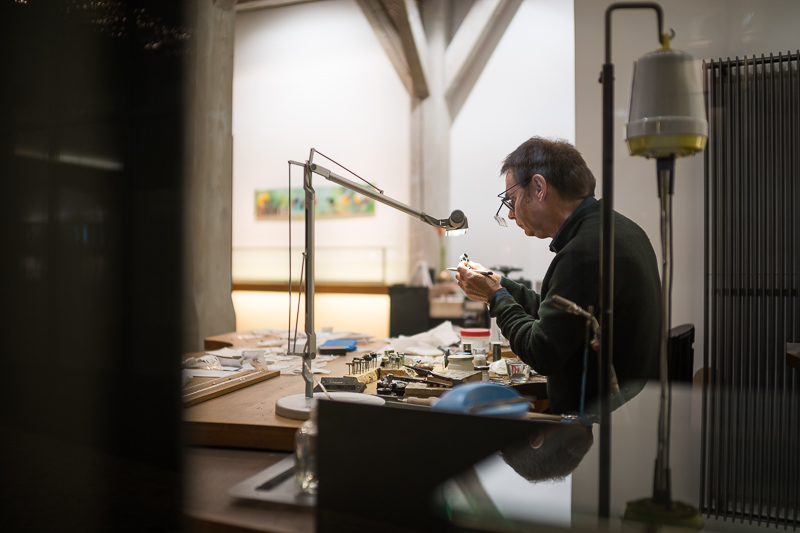
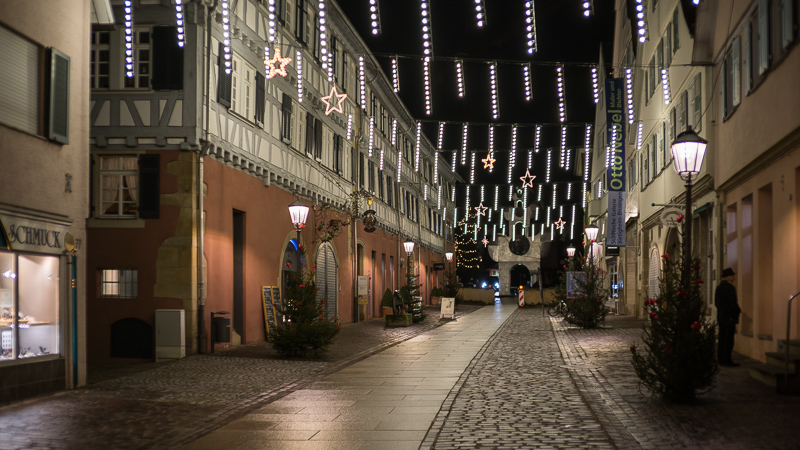
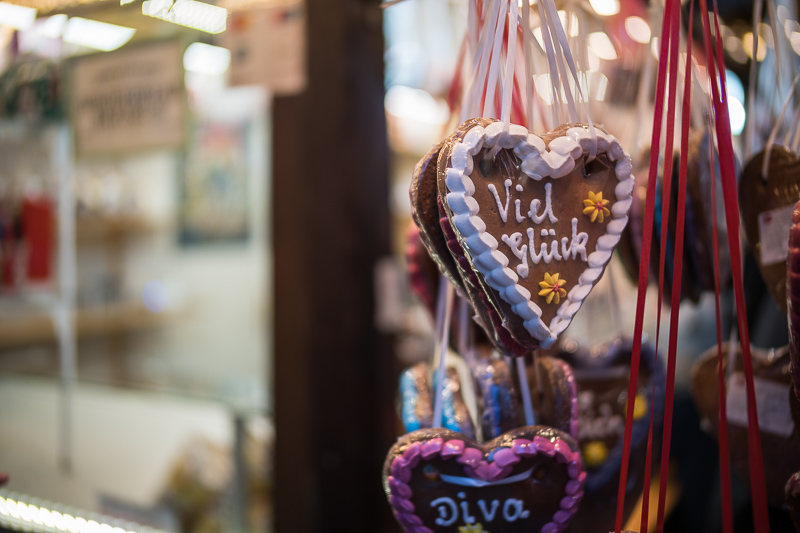
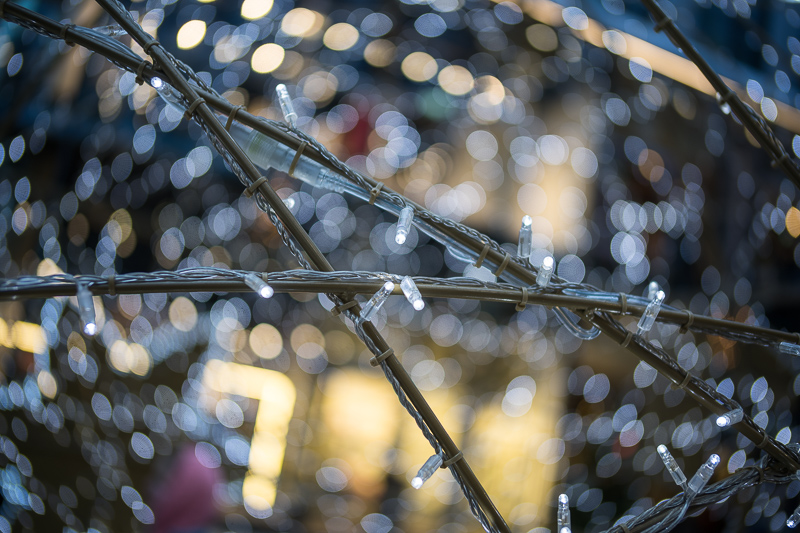
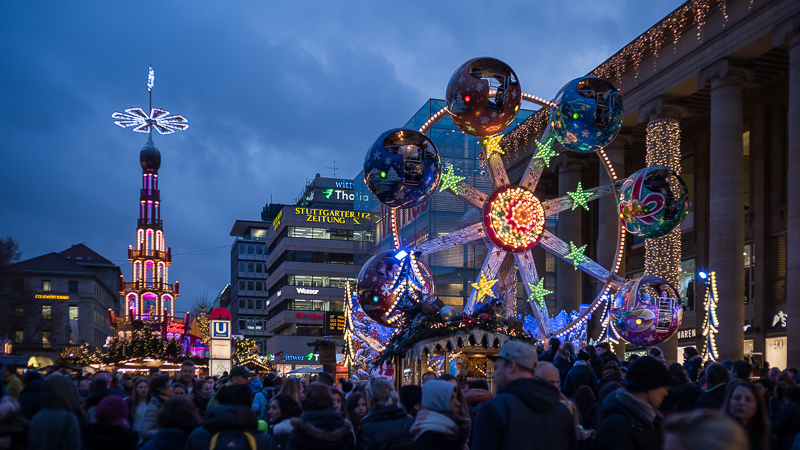
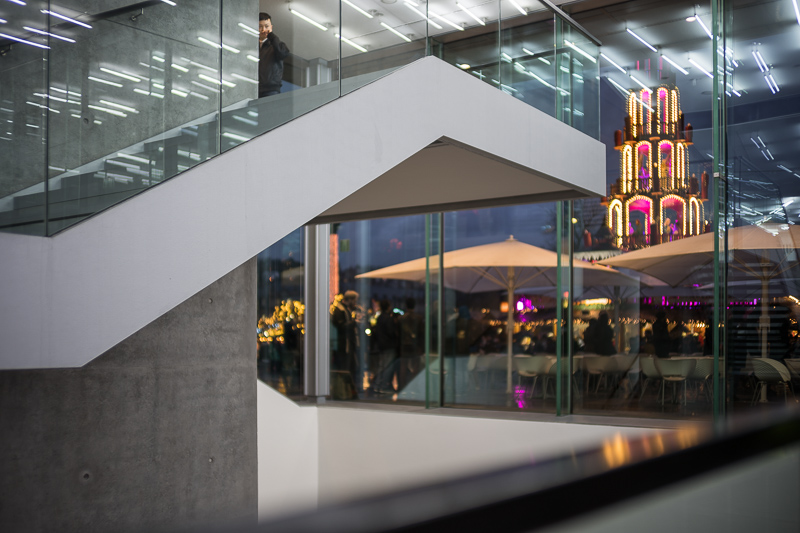
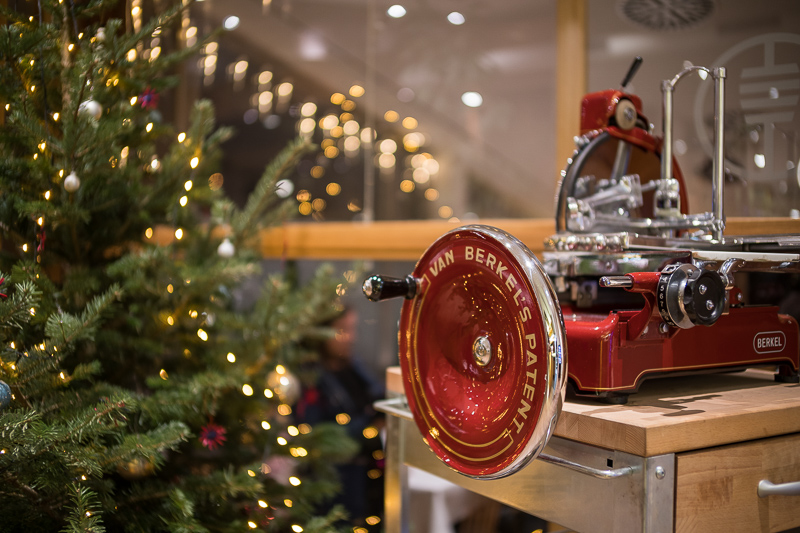
Most of the sample images in this review can be found in full resolution here.
Further Reading
- Sony FE lenses: Our comprehensive and independent guide
- Sony FE lenses: Our guide to portrait lenses from 85 to 135mm
- Review: Sony FE 85mm 1.4 GM
- Review: Voigtländer 50mm 1.2 Nokton E
Support Us
Did you find this article useful or just liked reading it? Treat us to a coffee!
![]()
![]()
![]() via Paypal
via Paypal
This site contains affiliate links. If you make a purchase using any of the links marked as affiliate links, I may receive a small commission at no additional cost to you. This helps support the creation of future content.
Latest posts by BastianK (see all)
- The Best Fullframe Lenses from China - November 24, 2025
- Review: Mr. Ding Optics 50mm 1.2 Noxlux Z - November 23, 2025
- Analogue Adventures – Part 46: Fujichrome Provia 400F (expired) - November 19, 2025
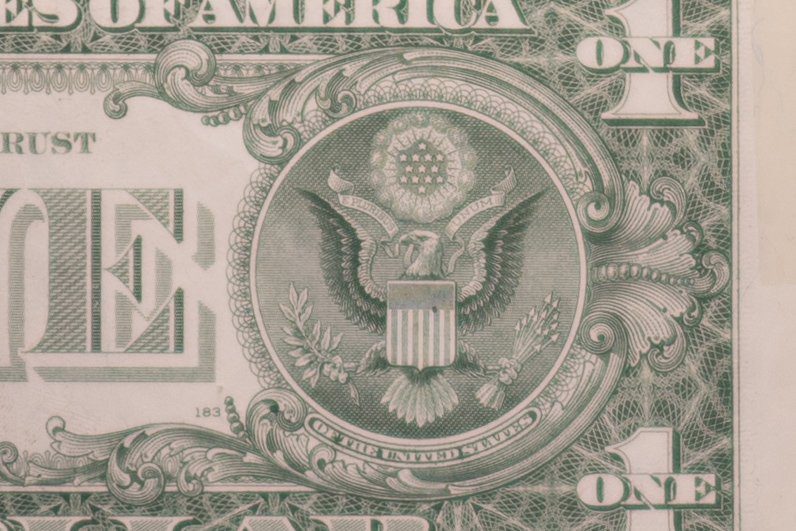
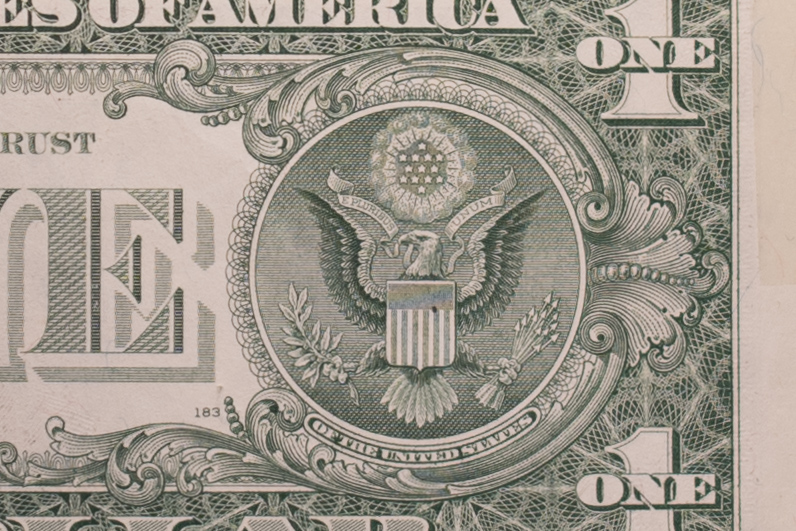
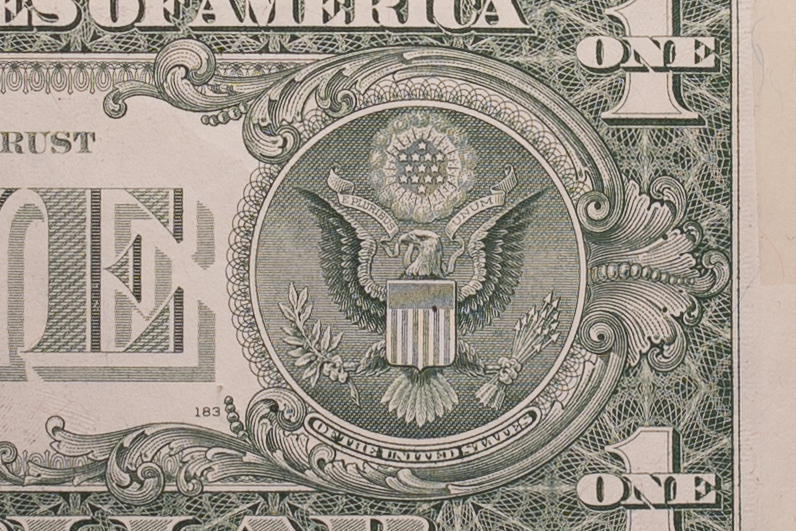


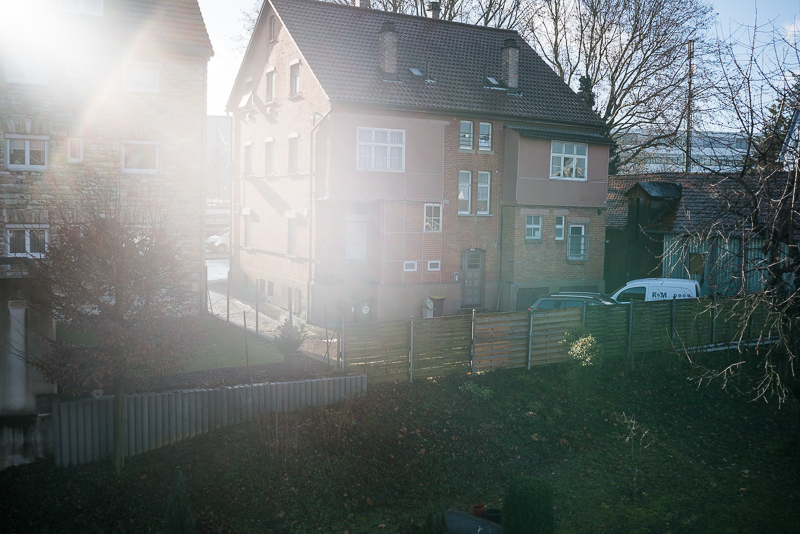

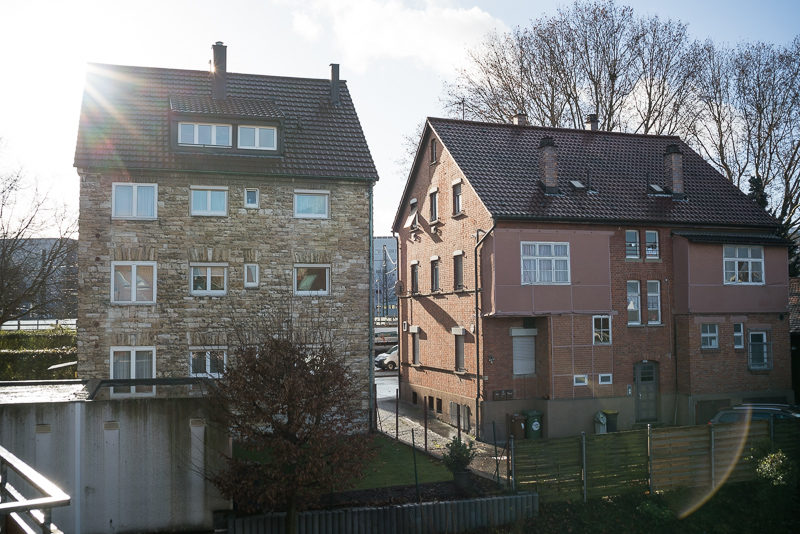
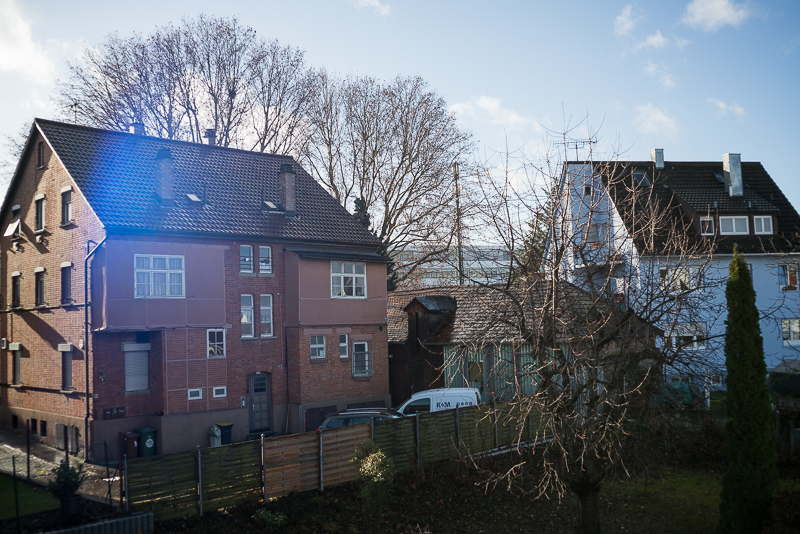

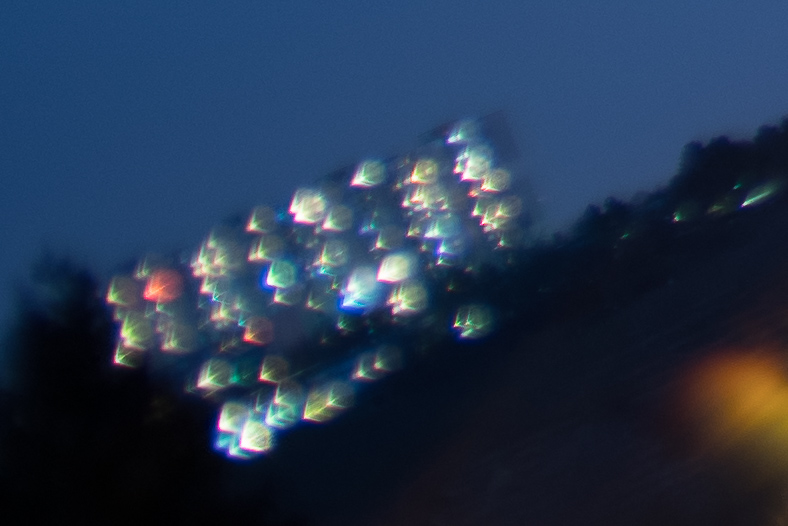
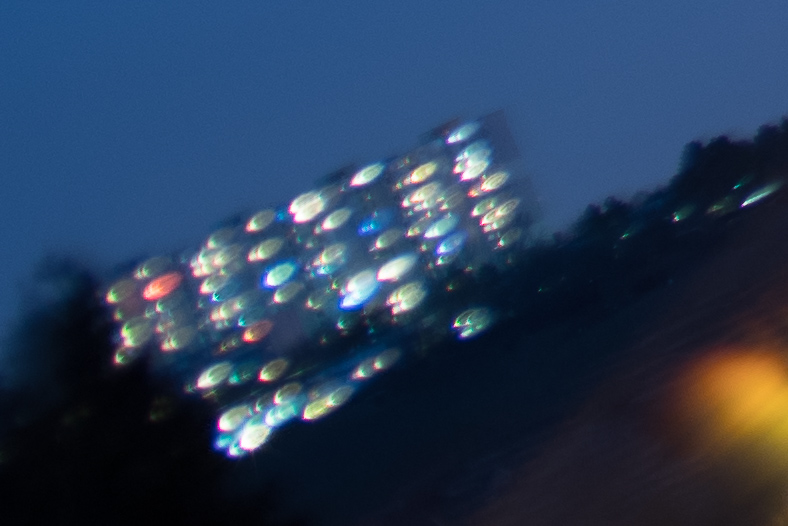

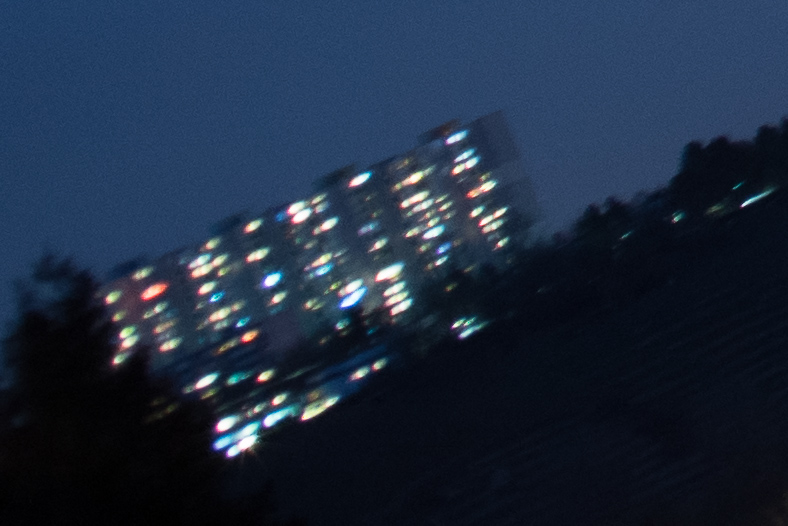
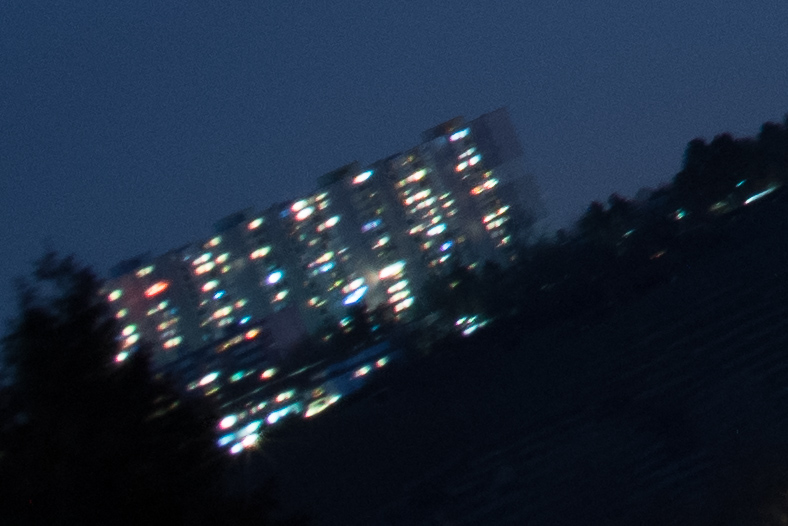
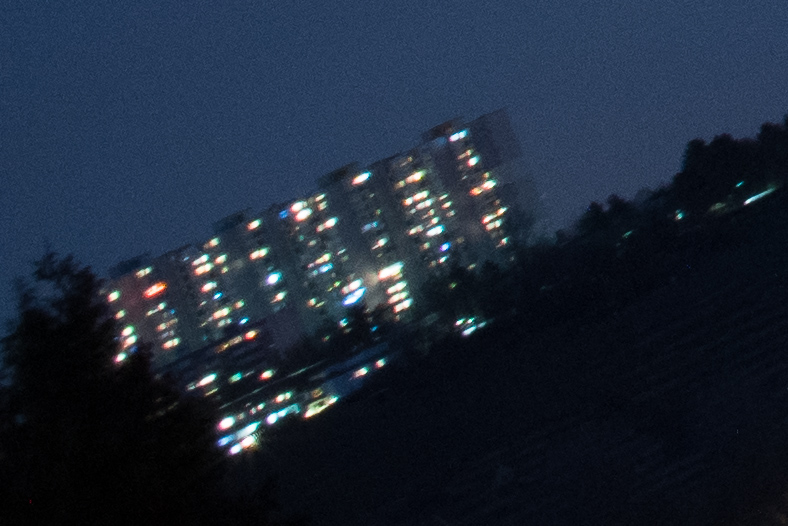
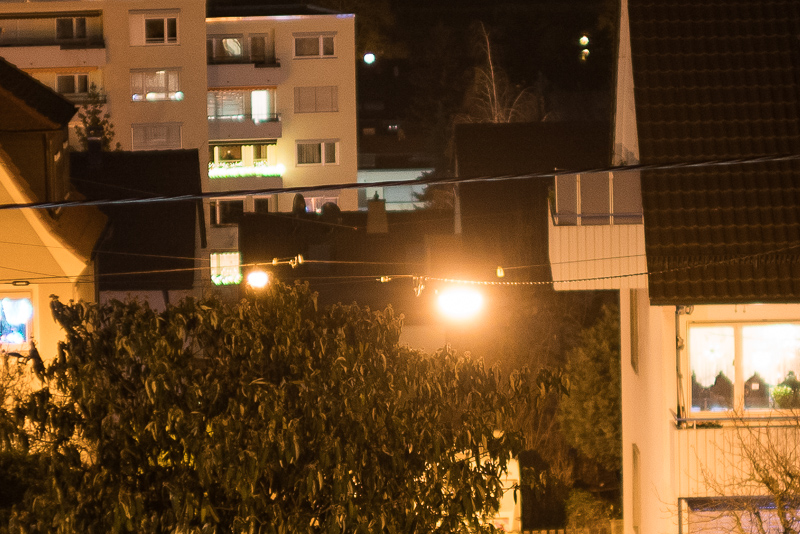
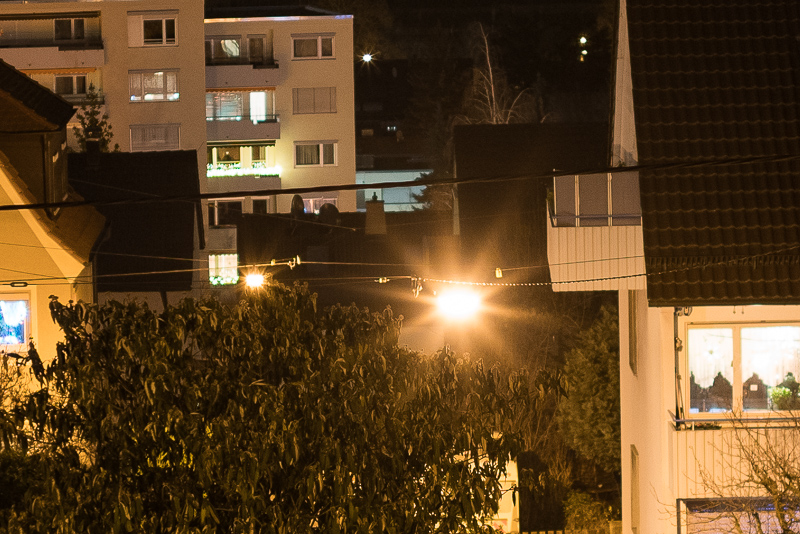

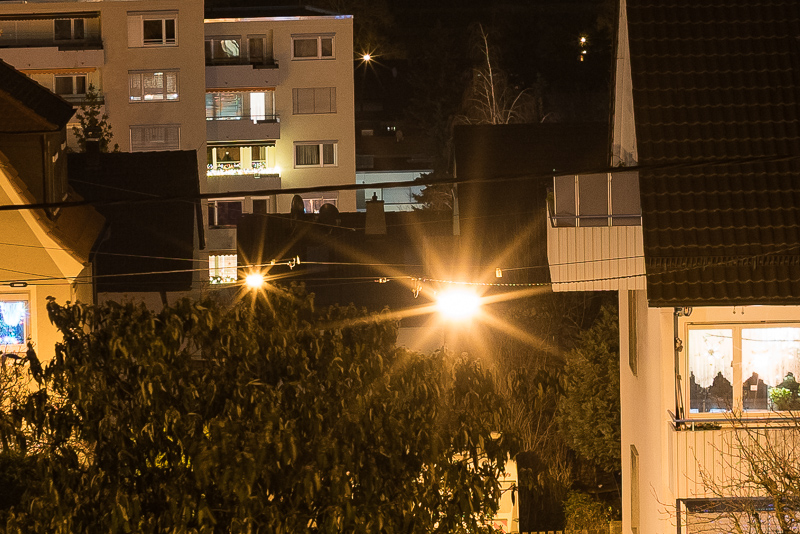
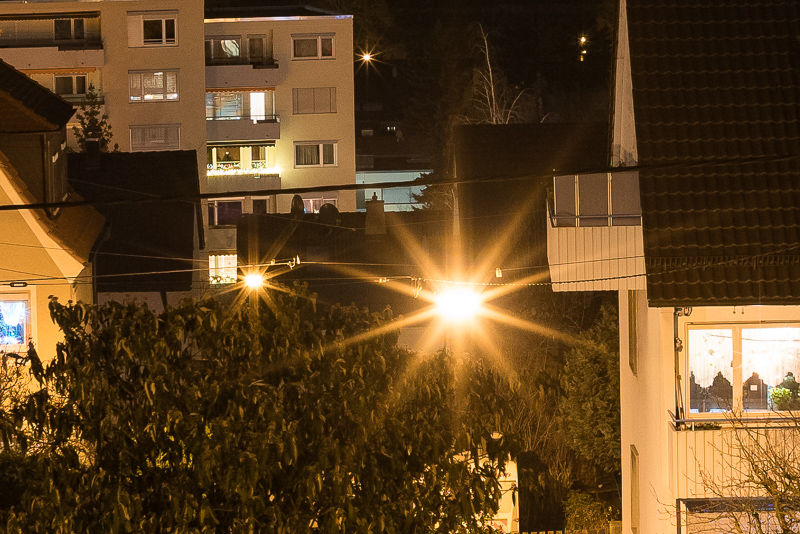
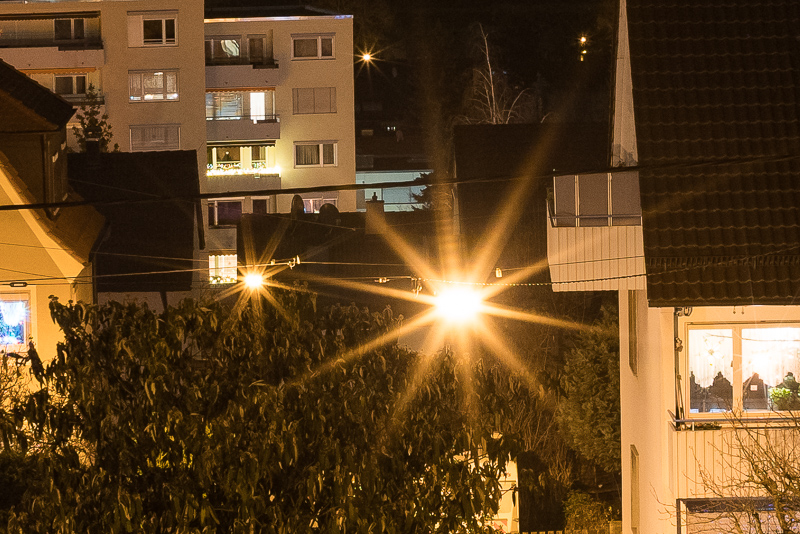
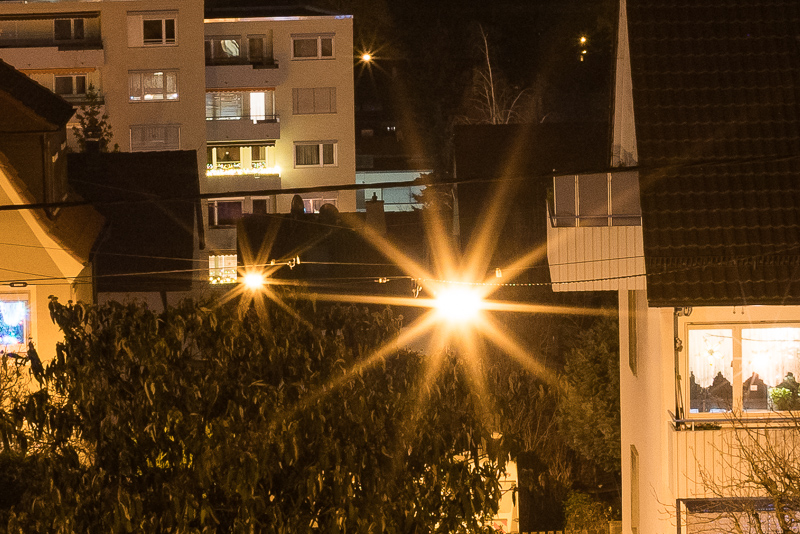
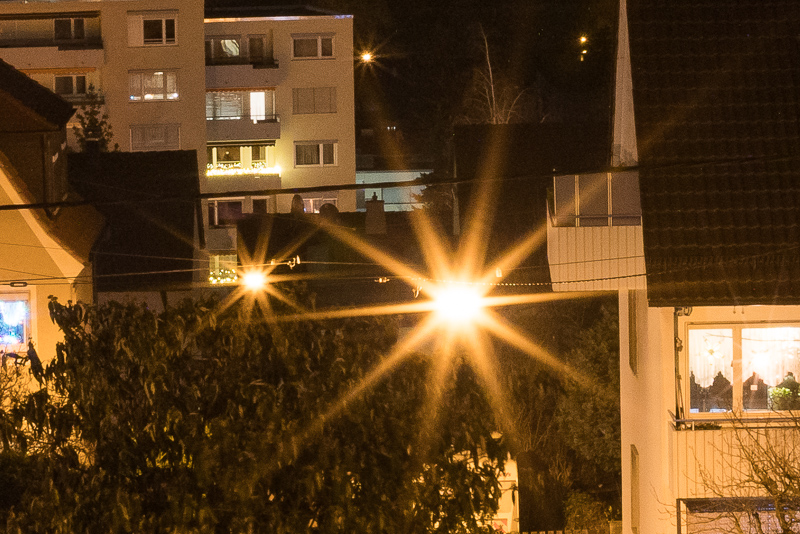
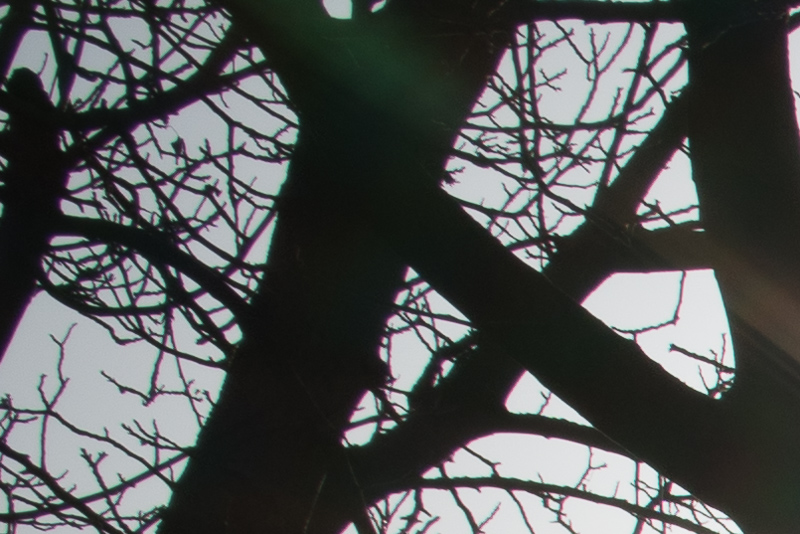
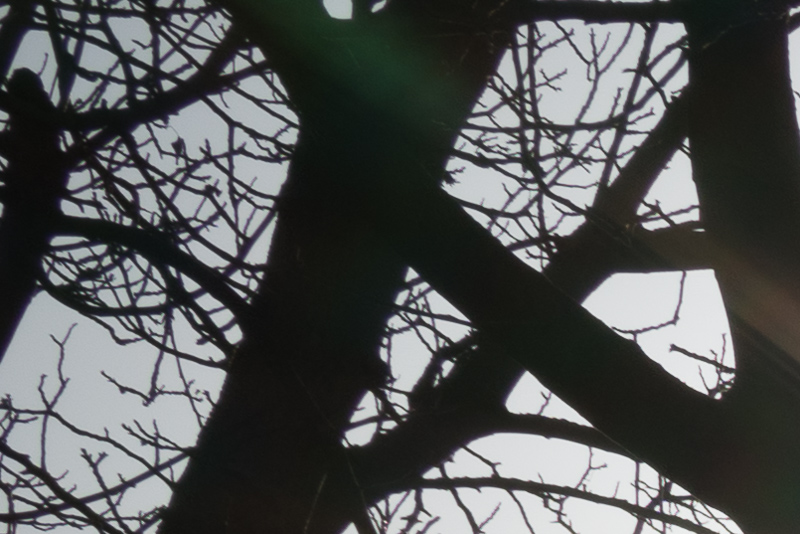
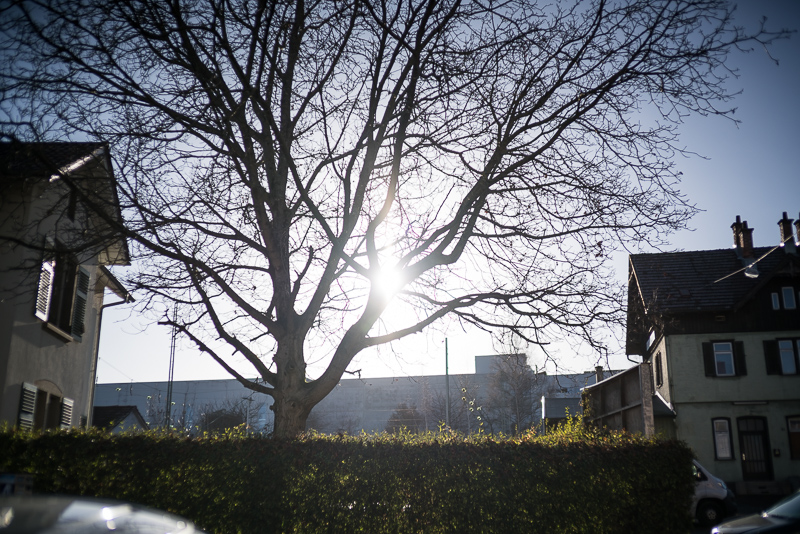
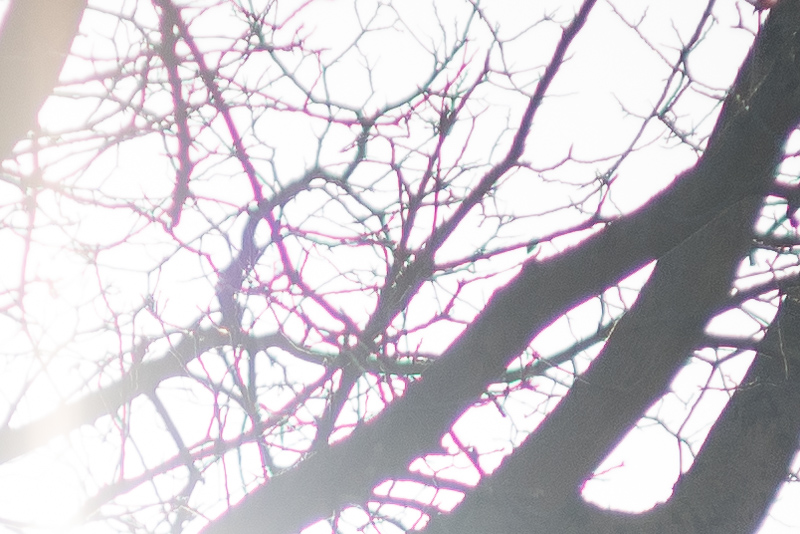

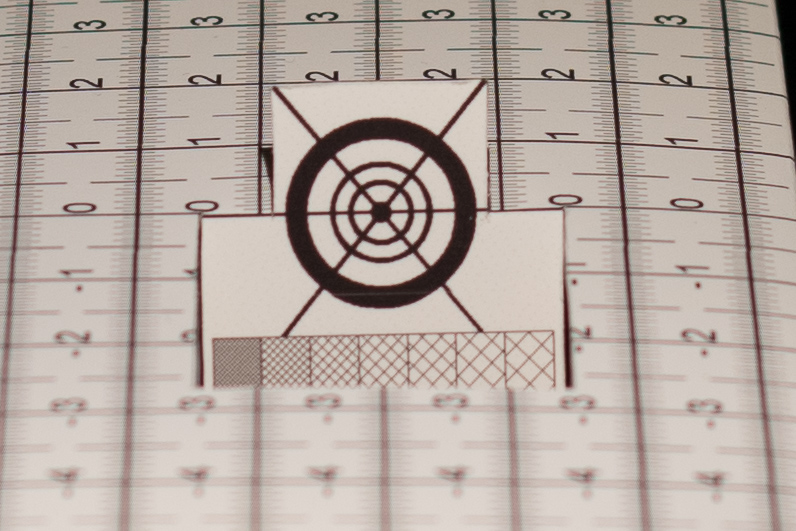
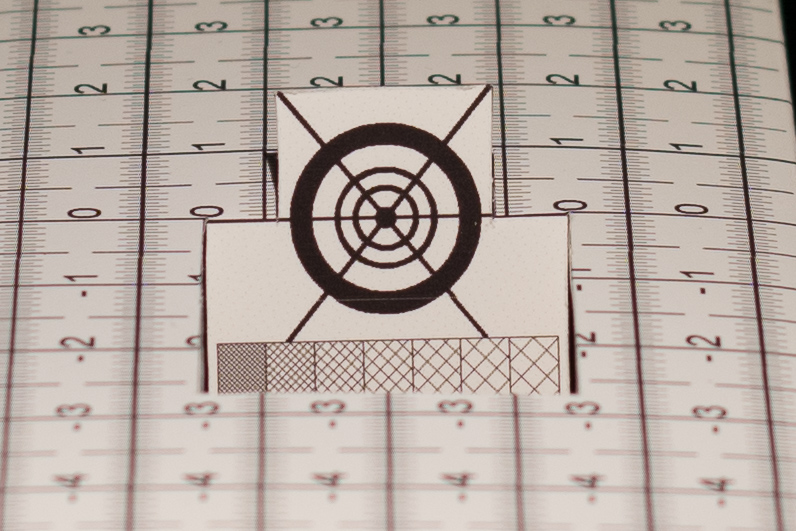
Thank you for the review!
I am now beginning to believe that small-ish fast Sony MF 35mm for reasonable money is a cursed category.
2×35/1.4 + 35/2 from DJ-Optical, 35/1.8 from Yasuhara are all look like a failure on Sony sensors.
Should’ve probably included Voigt 35/1.4 in this list too, but it’s a more expensive fail, so doesn’t quite qualify.
If only someone would actually design a small 35mm 1.4 for the Sony filterstack 🙁
physics likely won’t allow it, you can either have compact, which is likely creating an aggressive angle of intersection at the corner of the sensor (filter stack), or you can have a bulky lens that reduces that angle of intersection for a cleaner light penetration at the corner of the sensor… But you can’t have both. it’s the sensor & mount they need to design, not the lenses. Hence why the sigma 35mm 1.4 is an enormous beast (and ab… it’s not because they love huge lenses at sigma.
Lenses like the Voigtlander VM 35mm 1.7 clearly show it is possible to design small lenses which are very good performers.
Actually, Sigma lenses are huge because it is easier to design a sharp lens with inferior tolerances (to keep the price down). More glass = more space for correction. You can achieve the same result with the better optical scheme and superior tolerances in a smaller size, but it will cost you way more.
Strange, my Nokton 35mm SC works great on the A7s, even better than on the Ricoh GXR. But one thing to keep in mind – the lens focuses past infinity, so actual infinity focus occurs somewhere between 5 and inf mark.
I can recommend the 7Artisans 1.4 for E-Mount.It is not so bad as the TTartisans Version. One Stop down to 2.0 you have pretty smooth bokeh and a lot Character! It is lighter with low cost! Look at Phillips Review!
Indeed it does have a pretty good bokeh at F2, and it is pretty lightweight.
The problem is: it never gets sharp across the frame. Sides are bad even at F11.
And good stopped down performance is important for wide angle.
I have no trouble accepting unsharp corners from, say, Zuiko 100/2.8, but 35mm is a general “walkaround” lens. Which means landscape and architecture shots.
There is no excuse in producing modern 35mm, which on any aperture can not match across-the-frame performance of vintage 35mm at around F4.
Yes, for the corners you are right. I take this lens only for Bokeh, Nights and romantic shots. If I want plane focus I take an other lens. A Lens which delivers all in one is very expensive or very big and heavy!
I know it’s not the same, but since introduction of Samyang 45/1.8, the smallest and lightest (160g) AF f<=2 lens for Sony FE, I'd recommend getting used to it and then deciding if and how to complement it.
For it's size, weight and price it's just great. I understand it might not be a solution for people really fixed on 35mm, but it's really handy to complement 24/28 and 85mm, it completely solved the common dilemma 35 and/or 55 for me 🙂
In the 45-55 Region you have many excellent lenses!
I totally agree! The 45mm 1.8 Rokinon has really impressed me. It has a beautiful rendering, a but like a vintage lens, with a lightweight (although plastic) package. The image quality is nothing like the “feel” of the lens.
I really like that little plasticy 45mm 2.8 Samyang (Rokinon). Really.
It weighs nothing, costs little and renders somewhat like a vintage lens. Great to keep in your bag.
Dustin Abbot gave it high marks as well.
Well it has spinning bokeh somehow remind me of Helios 44…
But the big drawback is minimal focusing distance of only 70cm.. this is too much, if it was ~40cm like most of the 35mm lenses things would have been a little different.
Unfortunately there is still no Sharpness test from the 7Artisans 35 f1.4 lens to compare with this lens! And how does the bokeh compare between the lenses!
Wow, a lens that produces blurry corners even at F11. And the amount of CA and astigmatism is just staggering. No thanks.
Thanks for the review Bastian!
I’m keen to try MF on a fast 35-ish range w/my Sony A7III.
Understood your strong recommendation on Voigtlander 35mm F1.7 Ultron, and I’m giving it a serious thought already.
But seems like the Voigtlander 40mm F1.2 has a pretty good review from you guys also. Can I ask how you would rank between these 2, considering as 1st-timer on MF w/A7III body please?
Did a comparison of these two lenses some time ago.
Still prefer the 35, but the 40 has of course the added bonus of electronic contacts.
Thanks for quick reply.
Somehow missed this comparison when I was reading thru the articles, it’s very helpful.
I was kind of leaning to 40mm F1.2 earlier as well due to the electronic contacts and being native mount. But after reading thru the comparison and looking at the pics, seems like the difference of 5mm on focal length is actually much more than I initially thought. The lighter weight of 35mm F1.7 Ultron+5M PCX compared to 40mm F1.2 certainly plays a factor too I guess.
Now I just hope Voigtlander would release an updated version of 35mm F1.7 Ultron in native e-mount w/closer MFD, then it will be perfect!
We all hope for that lens…
For photos like this:
https://www.flickr.com/photos/32681588@N03/31585437382/in/photostream/
which is better:
1. TTArtisan 35/1.4
2. Voigtlander 35/1.4 nokton
7Artisans 35mm 1.4 or Voigtlander 35mm 1.4 Notkon.
TTArtisan 35mm 1.4 is not what you are looking for.
Why do people always complain about blurry corners with M lenses on cameras other than Leicas? Just buy a Leica M8/9/10/240/SL/SL2 or Monochrome and be done with it. There is a reason that Leica can use small fast lenses. It is impossible for a sony as it lies in the architecture of the actual sensor. It is just like it is. There is no such thing like a free lunch 🙂
I will soon update the review, corners also show a similarly bad performance on a Leica M10.
The Leica M Summicron 35 2.0 Mk. IV does quite well on Sony sensors.
Bastian & Co. also mention the Voigtländer 35 1.7.
It might not be easy to create such lenses, but stating that “there is no such thing” is really overdoing it.
Still, I can see the 7artisans 28 F1.4 is the best of them.
CV recently renewed their Nokton 35 1.2 http://www.cosina.co.jp/seihin/voigtlander/english/e-vm-mount/vm35mm1_2-3.html
I wonder how it would perform, it seems like they updated optical formula for its lens.
Yes, new Voigtlander 35/1.2 looks like everything we have ever wanted.
Manual, compact, fast, lightweight.
https://www.dpreview.com/news/9820180639/cosina-announces-upcoming-voigtlander-nokton-35mm-f1-2-iii-lens-for-m-mount
So far it’s looking too good to be true, but I’m rooting for Cosina.
Of course I don’t expect the behemoth, Sigma 35 1.2 level performance, but I’ve heard the 2nd version of the CV M 35 1.2 was not an impressive performer for modern rendering(lots of aberrations and busy bokeh; the character lens), so my hype is not there.
But it could be ‘the lens’ as you says. 😉 I hope to see the surprise.
Busy bokeh? I have this lens for 3 years. Where is the busy bokeh?
That lens could be the ultimate 35 for sony if it’s released in e mount too… I wish Philip could compare it with the 40 1.2. Waitting with little patience 🙂
We are trying to get a review sample early.
Came for the pictures, stayed for the review.
Good work as usual Bastian.
Thanks mate!
Thanks for another great review. And more proof that a technically-limited lens can be used to make lovely pictures in the right hands. Well done on both…
I have decided to get instad a replica of the first version Summicron 35/2 (made in China). The cost is about $500.
For the price it is good. Reading some comments about this lens I never understand their sometimes vitriolic perspective.
It is a good lens with boundaries. For me the field curvature is the most distracting and off putting feature but otherwise the lens appears to have some very pleasing characteristics.
Understanding that you do not view the Summilux FLE favorably when compared to the likes of the Ultron 1.7, Nokton 1.2 or Distagon 1.4, I’m curious to know what you think of this TTArtisan 35mm 1.4 when compared against the Summilux FLE.
The TTArtisan is ergonomically very interesting to me with its Leica-esque focusing tab. If it technically compares favorably to or at least approaches the Summilux FLE or even the other three 35s mentioned in the way it draws from a non pixel-peeping perspective (i.e. perceived sharpness of point of focus, smoothness of background, absence of glow), I may seriously consider it.
I’m afraid my Ultron 1.7 may have spoiled me, but if I was also generally okay with the Nokton 1.4 Classic save for it’s glow and focus shift, would this at least fall comfortably in between those two?
Thanks!
There was, I think on the TTArtisan Facebook page, a small comparison between FLE and TTA 35 1.4.
Personally, in a world where the ZM 35 1.4, VM 35mm 1.7 and VM 35mm 1.2 III exist, I would not consider buying either, the FLE or the TTA 35 1.4.
The Nokton 35 1.4 Classic is also one of the worst 35s I ever reviewed (out of now 16 or so), therefore almost every lens falls inbetween 35 1.4 classic and VM 35mm 1.7,
as one is pretty much the worst and the other one one of the best.